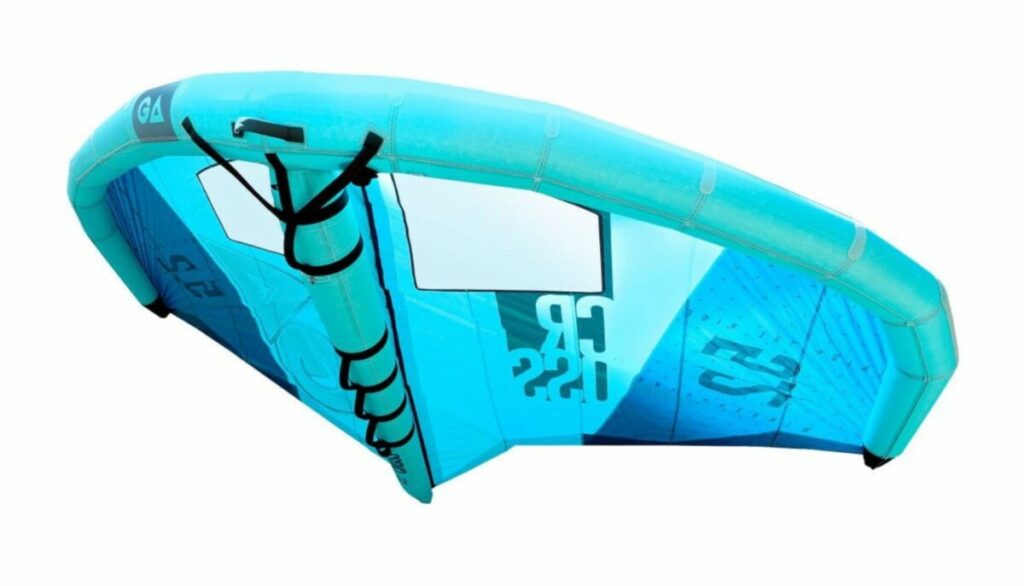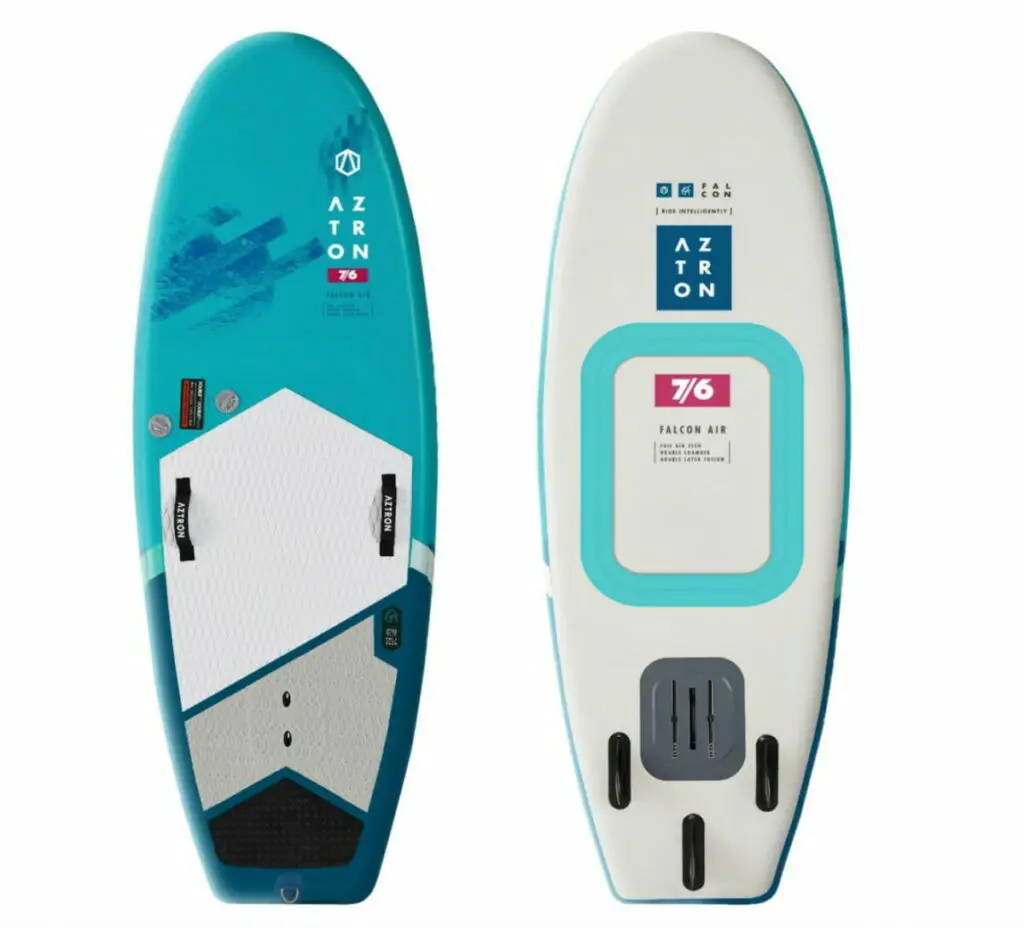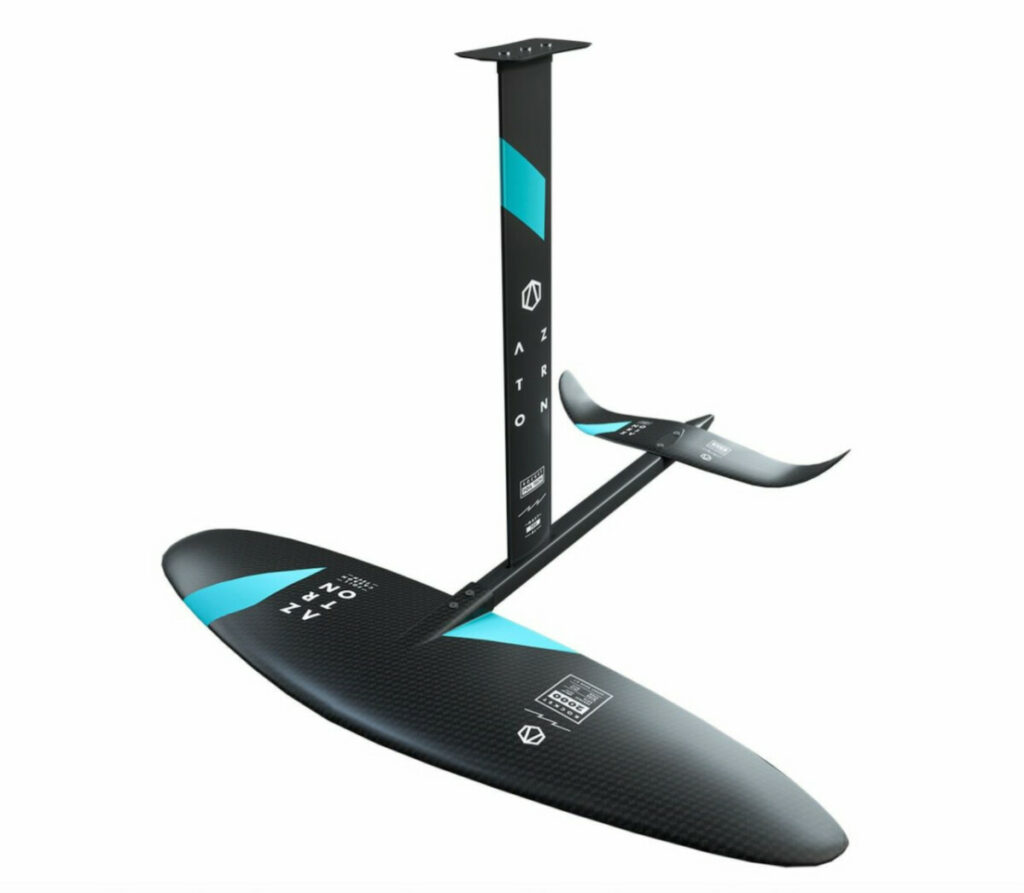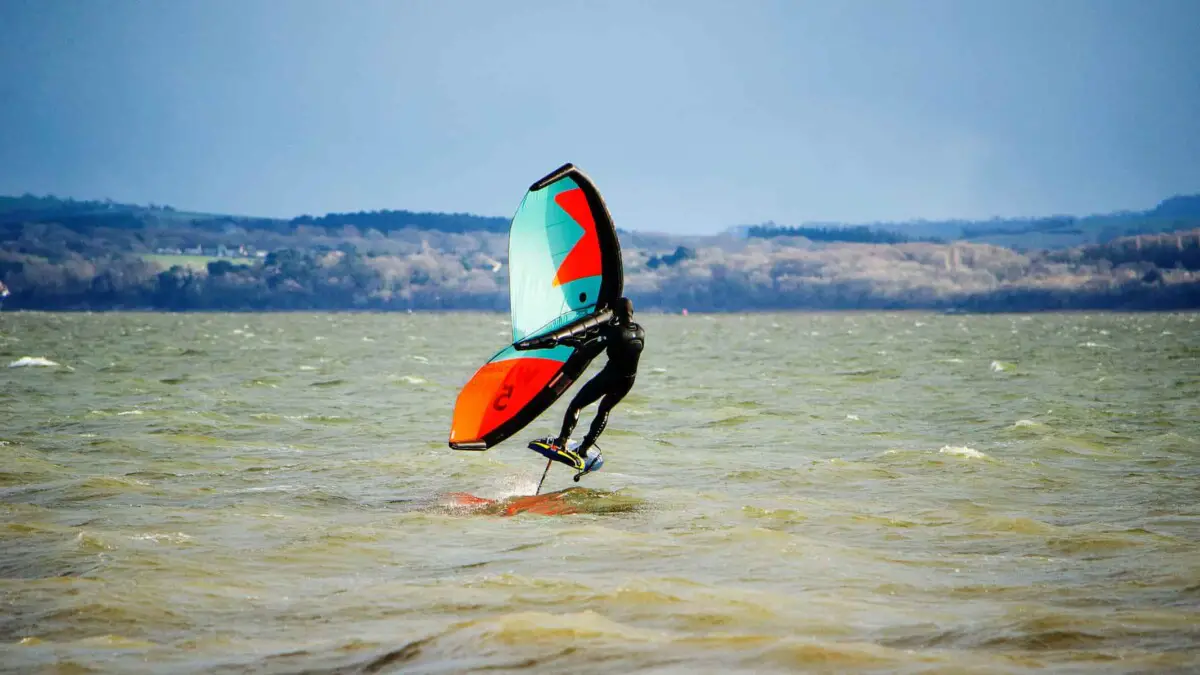Wing foiling, also known as wing surfing, is an exciting new watersport that is quickly gaining popularity. Combining elements of windsurfing, kiteboarding, and stand-up paddleboarding, wing foiling gives water lovers a thrilling new way to enjoy their favorite bodies of water. If you’re eager to try this exhilarating sport, our step-by-step guide will provide you with everything you need to know to get started.
Understanding Wing Foiling
Before you dive headfirst into wing foiling, it’s essential to understand what this sport entails and ensure you have the necessary skills to participate safely and successfully.
What is Wing Foiling?
Wing foiling involves using a handheld inflatable sail, known as a wing, to propel oneself on a specialized board equipped with a hydrofoil. The hydrofoil lifts the board off the water as you gain speed, providing a smooth and exhilarating ride. The sport requires a combination of balance, core strength, and an understanding of wind and water conditions.
The Benefits of Wing Foiling
There are numerous advantages to wing foiling, including the opportunity for a full-body workout and the potential to traverse vast distances with minimal fatigue. Additionally, the sport does not require a specific wind direction or strength, making it accessible in a variety of conditions. Furthermore, wing foiling offers a unique sense of freedom as you effortlessly glide across the water, free from the constraints of traditional water sports.
Necessary Skills for Wing Foiling
Basic board and wind sport experience can be helpful when starting wing foiling; however, even beginners can find success with this sport. Key skills include balance, strength, and an understanding of basic wind dynamics. Additionally, familiarity with swimming and water safety is crucial, as you may find yourself in the water more often than you’d like when learning.
Essential Wing Foiling Equipment
Just as important as having the necessary skills is selecting the appropriate equipment. High-quality gear ensures your safety and success in the water, so it’s crucial to invest in the right items.
The Wing

The wing is the inflatable, handheld sail that enables you to harness the power of the wind. Wings come in various sizes, typically ranging from 2 to 7 meters squared in surface area. You’ll want to consider factors such as wind strength and your experience level when choosing the right size for you. Larger wings are often easier for beginners, as they provide more power in lighter winds.
The Foil Board

The board you use for wing foiling is specifically designed to accommodate a hydrofoil attachment. Foil boards are wider and more buoyant than traditional surfboards, providing added stability while learning the sport. They come in different lengths and volumes, which will determine their performance in varying conditions.
The Hydrofoil

A hydrofoil is the underwater fin assembly attached to the bottom of the board that lifts you out of the water as you gain speed. Hydrofoils come in various designs, with different wing sizes and mast lengths. The design you choose will depend on factors like your skill level, local conditions, and personal preferences.
Personal Safety Gear
Having the proper safety gear is an essential part of any watersport. For wing foiling, you’ll need a personal flotation device (PFD), a helmet, and a leash to keep the board attached to you in case of a fall. Additionally, consider wearing impact vests, wetsuits, or rash guards for added protection and comfort.
Additional Accessories
Other useful accessories include a pump for inflating your wing, a repair kit for emergencies, and a carrying bag for transport and storage. You may also want to invest in gloves and booties for added grip and protection.
Choosing the Right Gear for You
Once you have an understanding of the necessary equipment, it’s time to focus on choosing the best gear for your unique needs and preferences.
Selecting the Appropriate Wing Size
Your wing size is crucial for successful wing foiling. Consider your body weight, experience level, and local wind conditions when selecting a wing. Generally, a larger wing is better for lighter riders, lighter winds, or those just starting. Conversely, smaller wings are better suited for heavier riders, stronger winds, or more experienced riders.
Finding the Perfect Foil Board
The right foil board should provide enough buoyancy and stability for your body weight while being responsive and maneuverable. Larger, higher-volume boards are generally better for beginners, while more advanced riders may prefer shorter, lower-volume boards. Experiment with different board sizes and shapes to find the perfect fit for you.
Picking the Right Hydrofoil
When selecting a hydrofoil, consider its wing size, lift, and mast length. Larger wings with more lift are better for beginners, as they provide added stability and control. Shorter masts are also recommended for those just starting out, as they reduce the risk of injury caused by accidental falls. More advanced riders may prefer smaller wings and longer masts for increased responsiveness and speed.
Safety Gear Considerations
Choosing the correct safety gear is key to enjoying wing foiling safely. Ensure that your PFD and helmet fit properly and are designed for water sports. A board leash should be long enough to allow freedom of movement but short enough to prevent the board from getting too far away in case of a fall. Rash guards, wetsuits, and other protective clothing should be snug but comfortable, allowing for a full range of motion.
Learning the Basics of Wing Foiling
With your equipment selected and your understanding of the sport in place, it’s time to venture into the water and begin learning the basics of wing foiling. Focus on honing the following crucial skills and practices.
Mastering the Wing Handling
Start by familiarizing yourself with holding the wing, both on land and in the water. Grip the wing’s handle or boom and practice steering it into various wind angles. The key is to control the wing’s power and direction by tilting and angling the wing in the desired direction. Remember to use your core muscles and to keep your arms outstretched to maximize control.
Developing Your Balance on the Board
Once comfortable with the wing, practice standing on the foil board while it’s still on the water. Start by kneeling and then transition to standing up. Keep your knees bent and your weight centered over the board. Ensure your feet are well-positioned on the centerline of the board and that your weight is evenly distributed between your front and back foot. Experiment with moving your feet and weight around to gain a feel for the board’s balance and control.
Understanding Foil Control
With both wing handling and board balance mastered, it’s time to learn how to control the hydrofoil. As you gain speed, the hydrofoil will lift the board out of the water, reducing drag and increasing your ride’s smoothness. Developing a sense of when to apply pressure to your front foot to maintain a low and steady foil is crucial for successful wing foiling.
Practicing Water Starts
Finally, practice launching yourself from a floating position in the water. Hold the wing with one hand and use your other hand to push the board’s nose into the wind. Slide your feet onto the board and carefully stand up as you pull the wing overhead. Lean back and let the wind fill the wing, propelling you forward. As you gain speed, the hydrofoil will lift you out of the water, and your wing foiling journey will truly begin!
With time, patience, and practice, you’ll find yourself progressing through the world of wing foiling with ease. Remember to stay focused, keep a positive attitude, and most importantly, have fun!
